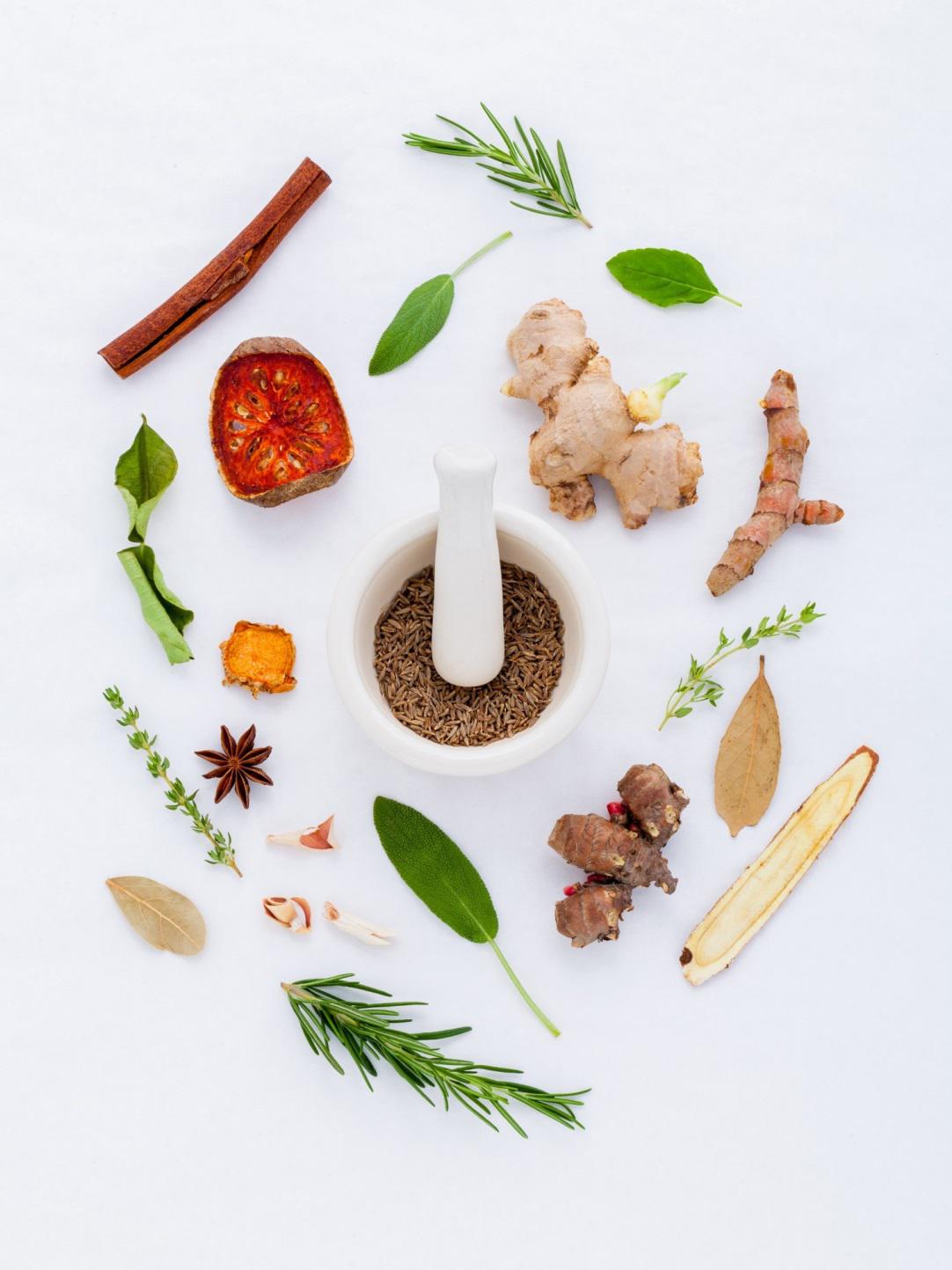 Do you think you might be suffering from a vitamin D deficiency?
Do you think you might be suffering from a vitamin D deficiency?
Vitamin D deficiency is actually very common. In fact, an estimated 1 billion people worldwide suffer from a deficiency in vitamin D. And, in the US, 41.6 percent of adults are deficient in vitamin D.
Luckily, you can increase your levels of vitamin D through your diet. What should you be eating?
Check out this guide to discover how to beat a vitamin D deficiency with these amazing vitamin D foods.
- Salmon
Salmon is one of the healthiest types of fish you can eat, and it’s also a rich source of vitamin D.
In fact, a 3.5-ounce serving of Atlantic salmon provides your body with a whopping 66 percent of your daily needs. When shopping for salmon, you want to pay attention to whether the salmon you’re buying is wild or farmed.
While wild salmon contains an average of 124 percent of your daily vitamin D needs, farmed salmon contains only 25 percent of your vitamin D needs. Wild salmon will set you back a few extra dollars, but it’s well worth the price for the extra nutritional benefits.
- Cod Liver Oil
Many people take cod liver oil as a supplement, but you can also consume it in its natural form.
By consuming just one teaspoon of cod liver oil, you get 56 percent of your recommended daily dose of vitamin D. In addition to being a great source of vitamin D, cod liver oil is also a great source of vitamin A, with one teaspoon containing 150 percent of your recommended daily value.
Additionally, cod liver oil is high omega-3 fatty acids, which help lower blood pressure and ward off heart disease.
- Canned Tuna
Consuming canned tuna is another great way to up your vitamin D intake. One can of light tuna contains approximately 34 percent of your daily vitamin D needs.
Additionally, canned tuna is an excellent source of vitamin K and niacin. The downside to canned tuna is that it contains methylmercury.
This is a toxin that is actually found in many different types of fish. If you build up too much methylmercury in your body, you may suffer from some serious health problems.
The primary health effect of too much methylmercury is impaired neurological development. Those who consume too much methylmercury may suffer from memory issues, attention span issues, cognitive impairment, and issues with their fine motor skills and visual-spatial skills.
For this reason, you should only consume canned tuna in moderate amounts.
- Sardines and Herring
Sardines and herring are two other types of fish that you should be incorporating more of in your diet.
The great thing about herring is that it can be enjoyed in so many different forms- canned, smoked, pickled, or raw. In just a 3.5-ounce serving of herring, you’ll meet 27 percent of your daily vitamin D recommendations.
However, you’ll want to be careful about consuming too much pickled herring, as it contains a lot of sodium.
Sardines are also a great source of vitamin D, with 3.5 ounces containing 22 percent of your recommended daily value. Other types of fatty fish you may want to add to your diet to up your vitamin D intake include mackerel and halibut.
- Egg Yolks
Don’t worry- fish isn’t the only food that contains a lot of vitamin D! Eggs, particularly the yolks, are also a great source of vitamin D.
With eggs, the majority of the protein is found in the white part, while the majority of the vitamins, fats, and minerals are found in the yolk. In just one egg yolk, you can get 5 percent of your daily vitamin D needs.
However, the exact amount of vitamin D contained in each egg yolk actually depends on the vitamin D content and sun exposure of the chicken feed. Pastured chickens that are allowed to roam outside in the sunlight typically contain three to four times more vitamin D than non-pasture raised chickens.
Additionally, if chickens are given vitamin D-enriched feed, you can expect your yolks to have a whopping 6,000 IU of vitamin D. That’s 7 times the recommended daily amount!
For this reason, it’s very important to pay attention to what types of eggs you’re buying.
- Mushrooms
Don’t worry vegans- there are plant-based sources of vitamin D as well!
Just like humans, mushrooms can synthesize vitamin D when they’re exposed to sunlight. However, while animals produce vitamin D3, mushrooms produce vitamin D2.
While vitamin D2 may help raise the levels of vitamin D in your blood, it’s likely not as effective as vitamin D3. Therefore, if you’re vegan, you may also want to consider getting your vitamin D through a supplement. If you’re looking for a good supplement option, you can check out these multivitamins for women.
Nevertheless, mushrooms are still a good source of vitamin D. Some varieties of wild mushrooms contain as much as three times the recommended daily value of vitamin D per 3.5-ounce serving!
- Fortified Foods
Last but not least, fortified foods are also a great source of vitamin D. This is especially great news for those who are vegetarians or for those who don’t like fish.
Some examples of fortified foods with high vitamin D levels include:
- Soy milk
- Cow’s milk
- Orange juice
- Oatmeal
- Cereal
When shopping for these products, make sure you look for the word “fortified” on the packaging, as this means it’ll have a higher vitamin D content.
Vitamin D Foods: Are You Ready for More Vitamin D?
As you can see, there are a lot of great vitamin D foods to add to your diet. Pretty soon, your vitamin D deficiency will be a thing of the past.
For more healthy living tips and tricks, be sure to check back in with our blog!








